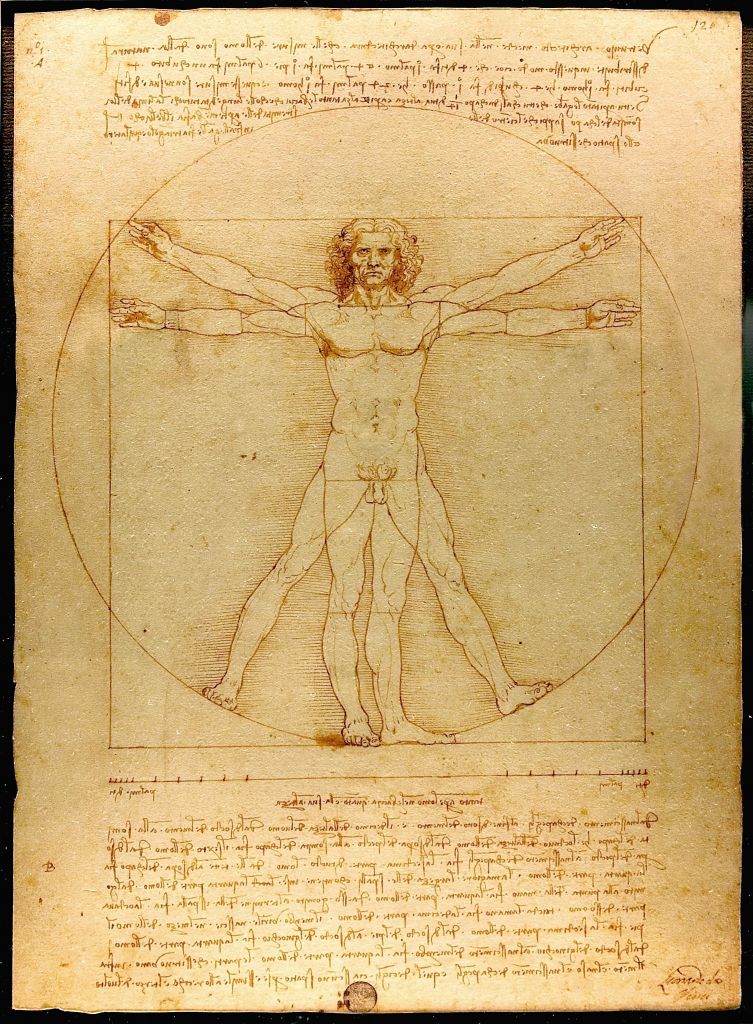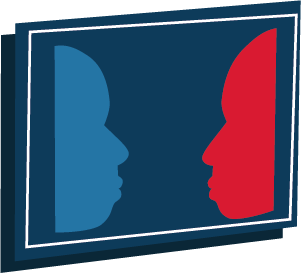Postures and Movements
Back to: Understanding and Misunderstanding – Verbal and Nonverbal Communication
In general, human postures can be classified in three categories:
1. Standing
2. Sitting, squatting, kneeling
3. Lying
All of these postures can be processed in several variations. In different cultures there are varying expectations and rules for postures, e.g. for eating. While in many regions it is common to sit on chairs and at tables during meals, in Japan and many East Asian countries people kneel on the floor when eating. Which postures are expected in a certain region depends not only from cultural factors but also from climate aspects (temperature, humidity) and the clothes that are usually worn in the region.
The Culture of Movement
The way persons move has cultural aspects as well. There are cultures that move a lot (e.g. in Africa) and others that have a more controlled and static attitude towards body movement. Folk music and special dances also reflect the common way of moving in a certain region or culture.
 By Rainer Halama – Own work, CC BY-SA 3.0, https://commons.wikimedia.org/w/index.php?curid=15667969
By Rainer Halama – Own work, CC BY-SA 3.0, https://commons.wikimedia.org/w/index.php?curid=15667969In some cultures there are several social rituals that are precisely defined and synchronised, e.g. the tea ceremony in Japan.

